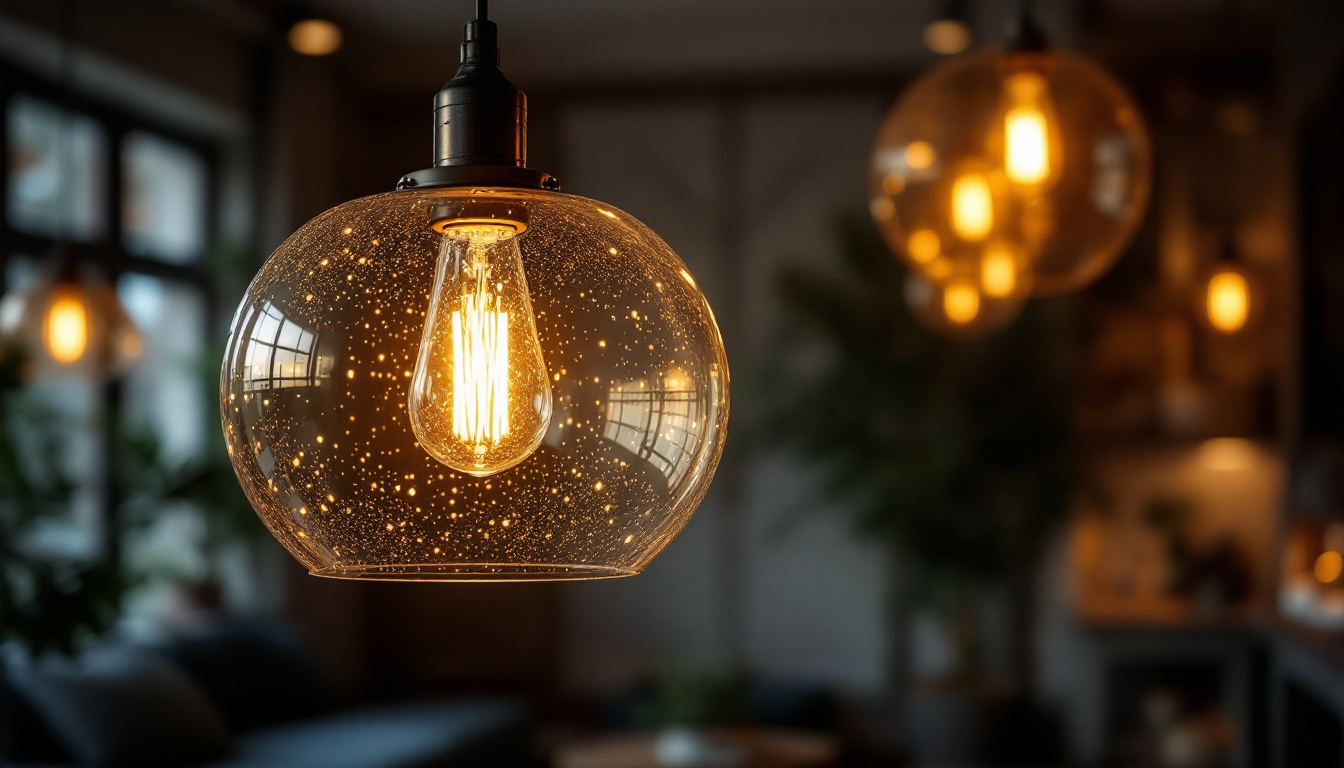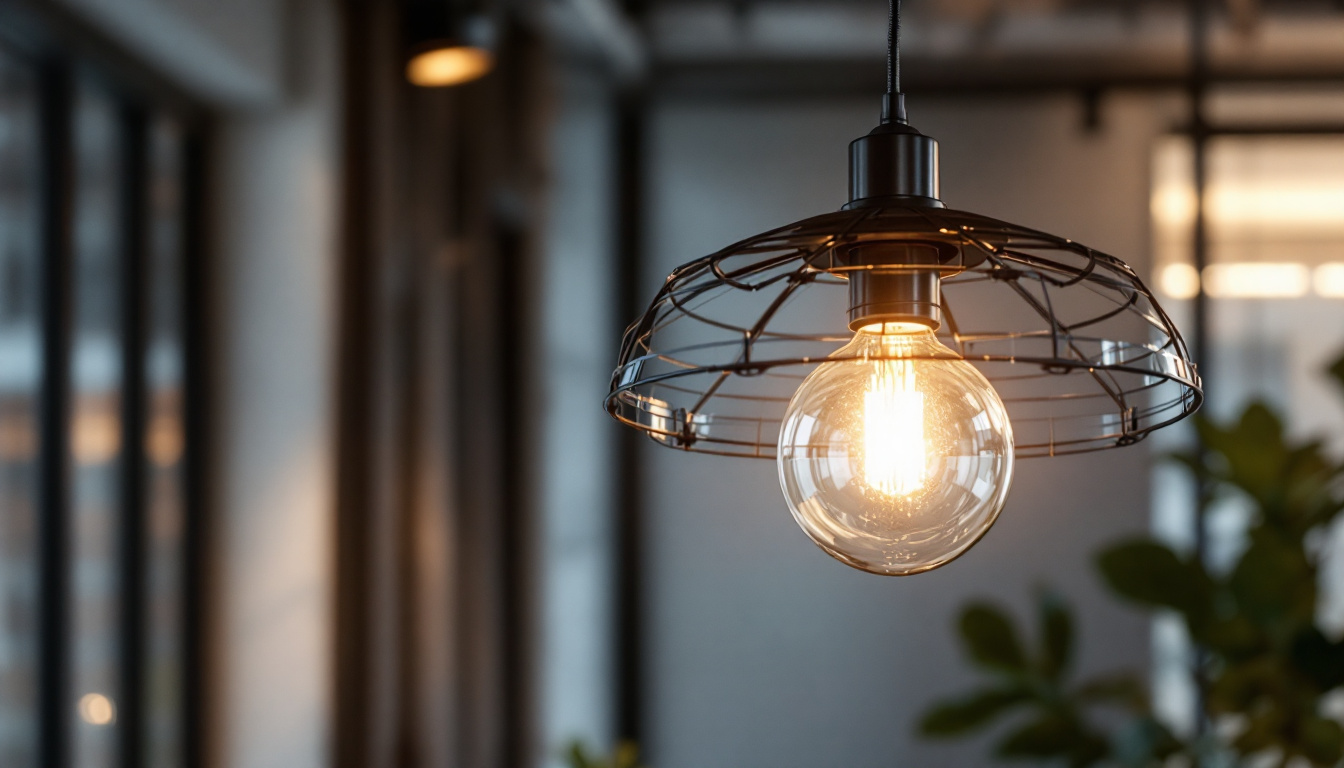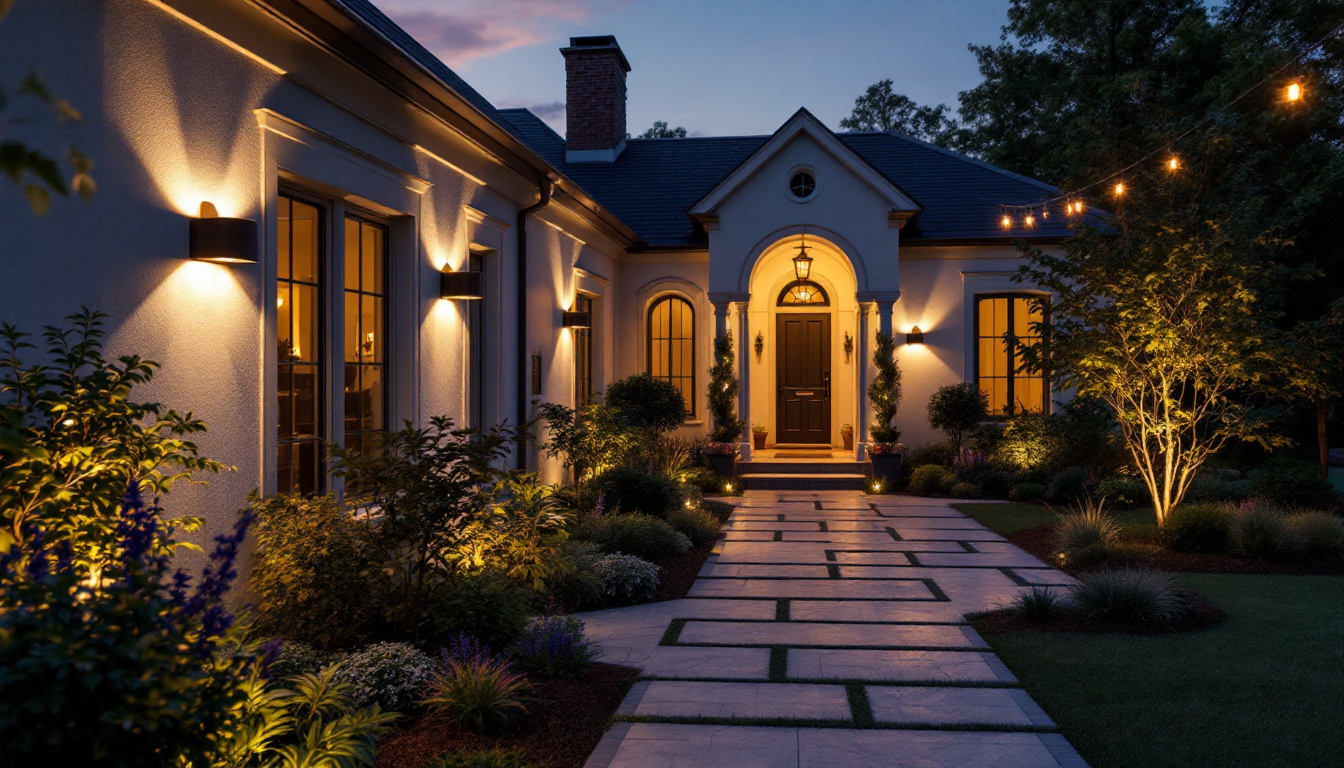

pendent lights have become a staple in modern lighting design, offering both functionality and aesthetic appeal. For lighting contractors, understanding the significance of these fixtures is crucial for delivering quality installations and meeting client expectations. This article delves into the reasons why every lighting contractor should incorporate pendent lights into their repertoire, exploring their versatility, design potential, and the impact they can have on various spaces.
Pendent lights are not just a single type of fixture; they come in a variety of styles, sizes, and designs, making them suitable for numerous applications. This versatility allows lighting contractors to cater to a broad range of client needs, from residential to commercial projects.
In residential settings, pendent lights can serve multiple purposes. They are commonly used in kitchens above islands, providing both task lighting and an opportunity to enhance the room’s decor. Additionally, they can be installed in dining areas to create a warm and inviting atmosphere. The ability to choose from various designs, such as contemporary, vintage, or industrial, allows contractors to match the lighting to the homeowner’s style.
Furthermore, pendent lights can also be utilized in living rooms, hallways, and even bedrooms. Their ability to be hung at different heights allows for creative configurations, enabling homeowners to achieve the desired ambiance in any space. For instance, a cluster of small, colorful pendent lights can add a playful touch to a child’s room, while a single, elegant fixture can serve as a statement piece in a master bedroom. The adaptability of pendent lighting makes it an ideal choice for homeowners looking to personalize their living spaces.
In commercial environments, pendent lights play a crucial role in establishing a brand’s identity. Restaurants, cafes, and retail stores often use these fixtures to create an inviting atmosphere that encourages customers to linger. By selecting the right style and brightness, contractors can help businesses enhance their customer experience.
Moreover, pendent lighting can be strategically placed to highlight specific areas, such as product displays or seating arrangements. This targeted illumination not only improves functionality but also contributes to the overall aesthetic of the space. For example, in a high-end boutique, pendant lights can be used to spotlight luxury items, drawing attention and creating a sense of exclusivity. In contrast, a casual coffee shop might opt for softer, warmer lights to foster a relaxed environment where customers feel comfortable spending their time. The thoughtful integration of pendent lighting into commercial design can significantly influence customer behavior and satisfaction, making it a vital component of any successful business strategy.
The design potential of pendent lights is vast, offering contractors the opportunity to showcase their creativity. With an array of materials, colors, and shapes available, these fixtures can become statement pieces that elevate the overall design of a room.
Pendent lights can be crafted from various materials, including glass, metal, wood, and fabric. Each material brings a unique character and feel to the space. For instance, glass pendents can create a sense of elegance and sophistication, while wooden fixtures can introduce warmth and a natural element.
Lighting contractors should be well-versed in the characteristics of different materials to guide their clients in making informed decisions. Understanding how materials interact with light can also help in selecting the right fixture for the desired effect. For example, frosted glass can diffuse light softly, creating a gentle ambiance, while clear glass can highlight the bulb’s design, making it a focal point. Additionally, the choice of metal finishes, such as brass or matte black, can evoke different styles, from vintage to modern industrial, allowing for a tailored approach to each project.
The color and finish of pendent lights can significantly influence a room’s atmosphere. From bold, vibrant hues that make a statement to muted tones that blend seamlessly into the background, the options are endless. Additionally, finishes such as matte, polished, or brushed can add depth and texture to the design.
Contractors should consider the overall color scheme of the space when recommending pendent lights. A well-chosen color or finish can enhance the room’s aesthetic and create a cohesive look. For instance, a bright yellow pendant can inject energy into a kitchen, while a soft pastel fixture can bring a calming effect to a bedroom. Furthermore, the interplay of light and color can transform a space throughout the day, as natural light shifts and interacts with the fixtures, highlighting different aspects of their design.
The shape and size of pendent lights can also impact their effectiveness and visual appeal. Large, bold fixtures can serve as focal points, while smaller, more delicate designs can complement existing decor without overwhelming the space. Understanding the scale of a room is essential for contractors to ensure that the selected pendent lights fit harmoniously within the environment.
Furthermore, the height at which pendent lights are hung can change the perception of space. Lower-hanging fixtures can create intimacy, while higher placements can make a room feel more expansive. Contractors should take these factors into account when planning installations. In addition, the shape of the pendant can influence the direction and spread of light; for example, a wide, shallow bowl shape can cast light broadly across a dining table, while a narrow, elongated design may focus light downward, making it ideal for task lighting in workspaces. This nuanced understanding allows contractors to not only meet aesthetic needs but also enhance the functionality of the lighting in various settings.
As energy efficiency becomes increasingly important in the lighting industry, pendent lights have adapted to meet these demands. Many modern pendent fixtures are designed to accommodate energy-efficient bulbs, such as LEDs, which not only reduce energy consumption but also have a longer lifespan.
LED bulbs offer numerous advantages over traditional incandescent options. They consume significantly less energy, which translates to lower utility bills for homeowners and businesses. Additionally, LED lights produce less heat, reducing the load on air conditioning systems during warmer months.
Lighting contractors should be proactive in educating their clients about the benefits of LED technology. By promoting energy-efficient pendent lights, contractors can help clients make environmentally responsible choices while also enhancing their lighting design.
In addition to energy-efficient lighting, the materials used in pendent fixtures can also impact sustainability. Many manufacturers are now producing lights from recycled or sustainably sourced materials. By choosing these options, contractors can align their projects with eco-friendly practices, appealing to environmentally conscious clients.
Moreover, promoting sustainable lighting solutions can enhance a contractor’s reputation in the industry, positioning them as a forward-thinking professional committed to responsible practices.
While pendent lights offer numerous benefits, proper installation is crucial to ensure their effectiveness and safety. Lighting contractors must consider various factors when planning and executing installations.
Before installing pendent lights, contractors should assess the electrical requirements of the fixtures. This includes ensuring that the existing wiring can support the new lights and that the appropriate fixtures are used for the intended application. Understanding the load capacity and voltage requirements is essential to prevent any electrical issues.
Additionally, contractors should be knowledgeable about local building codes and regulations related to lighting installations. Compliance with these guidelines is vital for ensuring safety and avoiding potential legal issues.
The method of mounting and suspending pendent lights can affect their stability and appearance. Contractors should choose appropriate mounting hardware and techniques based on the weight and design of the fixture. Properly securing the lights ensures they remain safely in place and function as intended.
Furthermore, attention should be given to the height at which the lights are hung. As mentioned earlier, this can influence both the functionality and aesthetic of the space. Contractors should work closely with clients to determine the ideal height based on the specific application.
In the competitive field of lighting contracting, building strong client relationships is essential for long-term success. Incorporating pendent lights into projects can be a valuable way to enhance these relationships.
Offering clients the option to customize their pendent lighting can set a contractor apart from the competition. By allowing clients to select styles, materials, and finishes that resonate with their personal taste, contractors can create a more engaging and satisfying experience.
Moreover, providing personalized recommendations based on the client’s needs and preferences can demonstrate a contractor’s expertise and commitment to customer satisfaction. This level of service can lead to repeat business and referrals, which are invaluable in the industry.
Educating clients about the benefits and possibilities of pendent lighting can also strengthen relationships. By providing insights into design trends, energy efficiency, and installation best practices, contractors can position themselves as trusted advisors.
Offering workshops or informational sessions can further enhance this educational approach, allowing clients to explore the potential of pendent lights in their spaces. This proactive engagement can foster loyalty and trust, leading to long-lasting partnerships.
Pendent lights are an essential component of modern lighting design, offering versatility, aesthetic appeal, and energy efficiency. For lighting contractors, understanding the various applications, design options, and installation considerations associated with these fixtures is crucial for delivering exceptional service to clients.
By embracing the potential of pendent lights, contractors can enhance their project offerings, build stronger client relationships, and position themselves as leaders in the industry. As the demand for innovative lighting solutions continues to grow, the importance of pendent lights in the contractor’s toolkit cannot be overstated.
Incorporating these fixtures into projects not only elevates the design but also contributes to a sustainable future, making pendent lights a must-have for every lighting contractor.
Ready to elevate your lighting projects with the versatility and elegance of pendent lights? Look no further than LumenWholesale, where we provide contractors with the finest spec-grade lighting products at unmatched wholesale prices. Our commitment to quality and affordability ensures you have access to a vast selection of reliable, high-performance lighting options for every design need. Say goodbye to inflated markups and hello to convenience with our hassle-free bulk buying and free shipping. Don’t compromise on quality or value—explore our collection now and discover the perfect lighting solutions that blend seamlessly into your projects, all while supporting a sustainable future.

Discover essential insights into suspended lighting systems with our comprehensive guide tailored for lighting contractors.

Discover expert tips and insights on selecting and installing LED factory lights tailored for lighting contractors.

Discover the essential guide for lighting contractors on choosing and installing outdoor lights for homes.

Discover essential insights into architectural round pendant lights tailored for lighting contractors.
Get notified when NEW deals are released.
Optimize your budget with wholesale discounts.
Only top-quality, specification-grade lighting products.
No additional costs at checkout - what you see is what you pay.
We understand the unique needs of contractors.